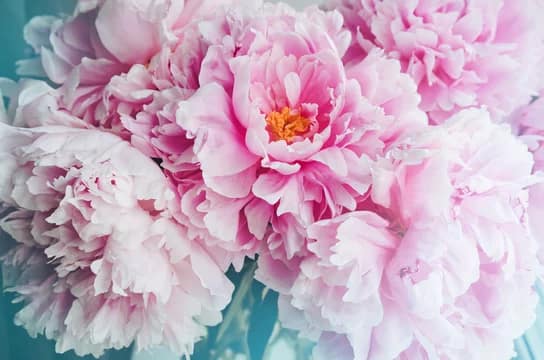Peonies
Peonies (Paeonia) are cherished for their large, fragrant blooms and lush foliage, making them a favorite among gardeners and flower enthusiasts. This guide provides detailed information on peonies, including their description, how to grow and care for them at home, common plant diseases with solutions, synonyms.
Description
Peonies are perennial flowering plants that originate from Asia, Europe, and Western North America.They are known for their stunning, often fragrant flowers that come in a variety of colors, including pink, red, white, and yellow. Peonies have a long lifespan, with some plants living for over 100 years.
Key Characteristics:
- Scientific Name: Paeonia
- Common Names: Peony
- Height: 1 to 3 feet tall
- Flower Size: Up to 10.5 inches in diameter
- Flower Color: Pink, red, white, yellow
- Blooming Period: Late spring to early summer
- Foliage: Deep green, often glossy leaves
How to Grow and Care at Home
Light Requirements
Chinese Peony flourish in full sun, needing a minimum of 6 hours of direct sunlight each day. However, they can tolerate partial shade, especially in hotter climates where some afternoon shade can protect them from intense heat.
Soil
Plant Chinese Peony in well-draining, fertile soil with a pH level between 6.5 and 7.0. They prefer loamy soil enriched with organic matter. Good drainage is crucial, as peonies are susceptible to root rot if their roots sit in waterlogged soil.
Watering
Water peonies regularly, especially during dry periods. Provide deep watering to encourage strong root development. Avoid overwatering, as it can lead to fungal diseases and root problems. Allow the soil to dry a bit between waterings.
Fertilizing
Fertilize peonies with a balanced, slow-release fertilizer in early spring as new growth begins. Avoid excessive nitrogen fertilizers, which can result in lush foliage at the expense of flower production.
Staking
Chinese Peony with large blooms may require staking to prevent the heavy flowers from bending or breaking the stems. Use plant supports or stakes to keep the flowers upright and ensure proper air circulation.

Plant Diseases and Solutions
Botrytis Blight
Symptoms: Brown or black spots on flowers, stems, and leaves, often covered in a grayish mold.
Solution: Remove and destroy affected plant parts. Improve air circulation around to our plants and must avoid overhead watering. Apply a fungicide if necessary.
Powdery Mildew
Symptoms: White-powdery growth on leaves and stems.
Solution: Increase air circulation by spacing plants adequately. Remove affected leaves and apply a fungicide if needed.
Phytophthora Blight
Symptoms: Wilted, discolored leaves, and rotting stems at the soil line.
Solution: Ensure proper soil drainage and avoid overwatering. Remove and destroy infected plants. Treat the soil with a fungicide to prevent further infection.
Synonyms
Peonies are known by several synonyms:
- Paeonia
- Garden Peony
- Chinese Peony
- Tree Peony (for woody-stemmed varieties)
By following these guidelines, you can successfully grow and enjoy the beauty of peonies in your home garden.

